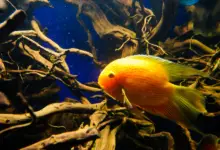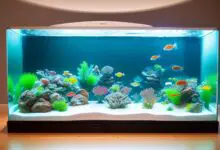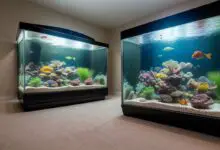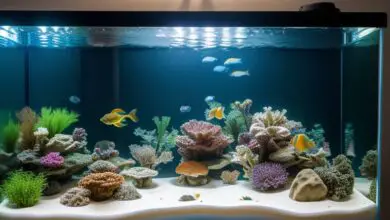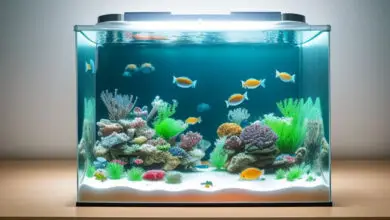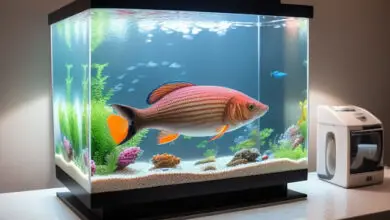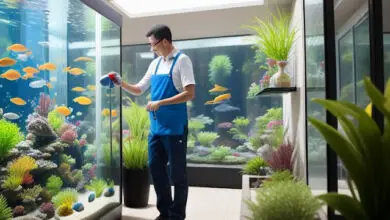Tips For Creating Your Own Natural Aquarium Water Conditioner for Healthy Fish
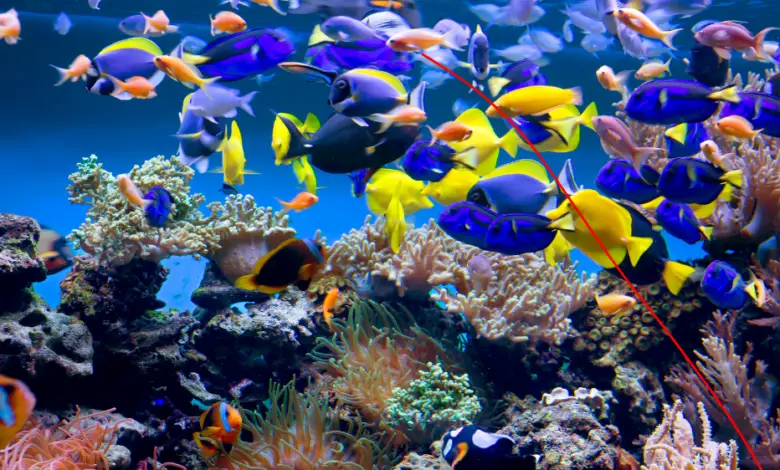
Setting up and maintaining a home aquarium requires some specialized equipment and knowledge to keep your fish happy and healthy in their artificial habitat. One essential supply for any fish tank is water conditioner. But did you know you can easily make your own safe, non-toxic conditioner using common household ingredients? Read on to learn the basics of formulating natural water treatments tailored specifically for your tank inhabitants.
Why Make Homemade Conditioners?
Commercial aquarium conditioning products serve an important purpose – removing chlorine and heavy metals from tap water to make it safe for fish. However, some popular brands contain formaldehyde, artificial fragrances, and other questionable ingredients. These can negatively impact your tank ecosystem. By formulating your own all-natural additive, you provide the exact dechlorinating action needed while avoiding risky chemicals.
The goal is to create an inexpensive, environmentally-conscious formula using gentle ingredients you control. With just a bit of effort, your fish get cleaner water and you save money in the long run. It’s a win-win situation! Now let’s cover the basic materials you need to get started making healthy home conditioners.
Gathering the Necessary Supplies
Creating natural water conditioners relies on just a few key components:
Vitamin C Powder
Vitamin C, also called ascorbic acid, actively breaks down chlorine. It also boosts fish immunity and stimulates the protective slime coat on their skin. Pure vitamin C powder provides these benefits without additives or preservatives.
Sodium Thiosulfate
This inert salt binds to heavy metals like chlorine and neutralizes their harmful effects. Sodium thiosulfate crystals are commonly added to commercial conditioners as the active dechlorinating agent.
Mixing Tools
You’ll need measuring spoons, containers, funnels, amber glass bottles for storage, labels, and stir spoons. Dedicated aquarium tools prevent cross-contamination.
That covers the essentials! With these few ingredients and supplies on hand, you’re ready to start blending your own custom water conditioner formula. Let’s go over the easy process step-by-step.
Creating Basic Homemade Conditioner
Mixing up unscented conditioner with vitamin C and sodium thiosulfate is truly simple:
Combine 2 Key Ingredients
In a clean container, stir together:
- 1 teaspoon sodium thiosulfate crystals
- 1 tablespoon vitamin C powder
Mix Into Water
Add the dry ingredient mixture into 1 gallon of dechlorinated water. Shake vigorously until fully dissolved.
That’s the basic procedure! For standard tap water conditioning, use 1 teaspoon (5 mL) per 10 gallons of new water. You can easily customize strengths and doses as needed for your particular tanks.
Now let’s go over some specific guidelines on using this homemade formula for excellent results.
Applying Your Conditioner Correctly
To maximize efficiency and avoid issues, follow these tips when utilizing your homemade mix:
Shake Well Before Each Use
The powders can settle, so shake vigorously to recombine for proper dosing. Consider transferring some conditioner to a smaller bottle for everyday use.
Standard Dose Is 1 Teaspoon Per 10 Gallons
This concentration works for moderately chlorinated tap water. Increase doses if you have high chloramine levels. Scale dosage down for smaller water changes.
Test pH After Initial Application
Rarely, the vitamin C may adjust tank pH downward. Rebalance if needed with baking soda or crushed coral.
Refrigerate For 1-2 Month Storage
The solution remains potent when stored in amber bottles in the fridge. Warm temperatures speed deterioration. Discard old batches.
Following those simple guidelines, your homemade conditioner keeps water safe during tank maintenance. Now let’s look at some adjustment options.
Customizing Your Own Special Formulas
While the basic vitamin C and sodium thiosulfate recipe meets the primary goal of water conditioning, you can also customize blends with special additions for your particular tanks. Consider incorporating:
Essential Oils
A few drops recreate natural environmental scents. Tea tree and eucalyptus resemble their native streams.
Aloe Vera Gel
Hydrating aloe mimics the slippery mucus coating on fish skin. It aids osmoregulation and reduces stress.
Green Tea or Alder Cones
These release tannins and beneficial plant compounds like their native waters. They also gently stain water.
Honey
A teaspoon of raw, unpasteurized honey adds enzymes and trace elements to support a healthy microbial balance.
Feel free to experiment with tailored combinations featuring nourishing, fish-safe ingredients. This helps replicate the unique conditions of their natural wild habitats.
Scaling Up Production for Large Aquariums
Own a room full of tanks or giant custom aquarium? Boost batch sizes to create gallons of conditioner at a time.
Mix in Bulk
To make larger quantities, multiply the basic recipe. For example, for 5 gallons:
- 5 teaspoons sodium thiosulfate
- 5 tablespoons vitamin C powder
Transfer to Amber Bottles
Funnel finished conditioner into large, clean amber glass bottles for storage. Amber protects the solution from UV light deterioration.
Label Clearly
Note recipe, date mixed, and shelf life on the bottle. This prevents confusion or accidentally using old, ineffective batches.
With large volume production, you’ll always have plenty of fresh conditioner on hand for all water changes and new setups.
Cost Savings Using DIY Conditioner
In addition to providing quality water conditioning and custom blends, formulating your own treatment also saves substantially compared to commercial preparations:
Materials Cost Around $15
Purchasing bulk packages of vitamin C and sodium thiosulfate yields enough concentrate to make gallons of conditioner. Storage bottles and tools may run another $15 or so.
Saves Over $100 Yearly
Off-the-shelf conditioners cost $15-30 per year for the average hobbyist. Just a few dollars spent on homemade mix provides greater value.
Tailor Strength to Needs
Customize dosage to precisely meet your tap water’s chlorine/chloramine content. No need to over-dose for safety.
As you can see, producing your own economical, natural conditioner makes good financial sense in addition to benefiting your aquatic pets.
Key Takeaways on DIY Water Conditioning
In closing, here are the major benefits of creating homemade aquarium water conditioner:
- Made from gentle, simple ingredients
- Avoids risky chemical additives
- Removes chlorine for fish health and safety
- Allows reproducible formulas tailored to tanks
- Saves substantial money long-term
Providing properly conditioned water is a keystone of successful fishkeeping. With a basic no-fuss recipe, the right methodology, and smart customization, you can easily blend non-toxic formulas matching the specific needs of your aquatic pets. Your fish will thrive in their home ecosystem thanks to clean, safe water optimized to their requirements. Get creative concocting natural water conditioners!

